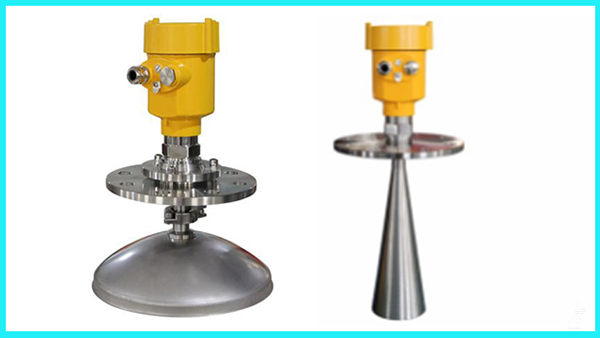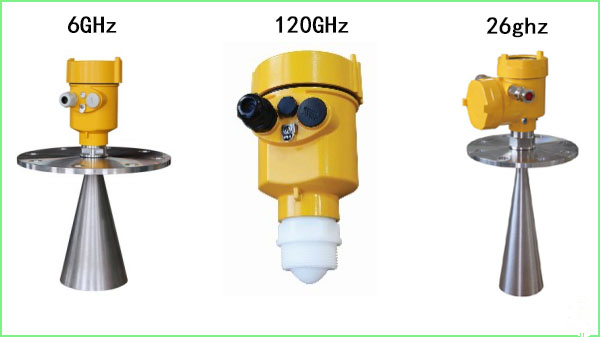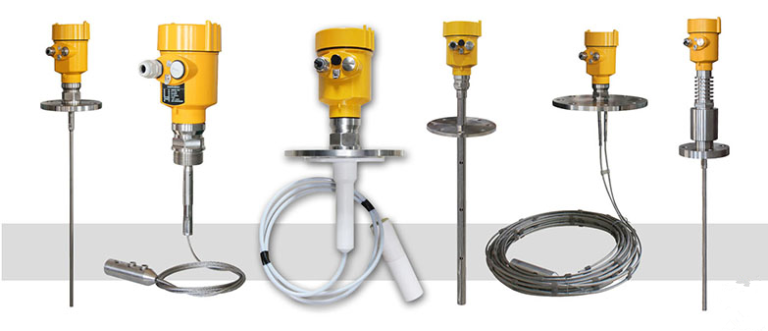Today, let’s learn about the characteristics of the working conditions of polyolefin plant sump and see what kind of radar level meter is more applicable under such working conditions.
I once read some information about a coal chemical company. The information recorded that a coal chemical polyolefin plant had a total of four cesspools. The height of the pools was about 6 meters and the temperature was about 20°C – 40°C. In spring and winter, steam is fed into the pool to prevent the pools from freezing. However, after heating, the effluent is easily vaporized and the vapor will re-liquefy when it meets cold air after rising, so if a flared radar level meter is used, the antenna will be easily adhered to by water droplets and over time, the measurement will be inaccurate or impossible. Therefore, unless necessary, it is not recommended to choose a flared radar level meter.

In addition, some cesspools produce foam, in this case, if the high-frequency radar level meter is used, the radar waves emitted will easily be absorbed and spread by the foam, resulting in inaccurate or unmeasurable measurements.
For foam level measurement, professionals recommend using low-frequency radar level meters or guided wave radar level meters. Low-frequency radar level meters have a wider beam angle and can handle vapor and turbulent surfaces better. Guided wave radar level meters emit radar waves that propagate through the detection assembly and are largely unaffected by foam and water vapor.

In view of the above, for the measurement of the effluent level in the effluent ponds of polyolefin installations, a guided wave radar level meter can be considered, which is more suitable for the current working conditions, less difficult to maintain, and relatively inexpensive.
However, the detection component of the guided wave radar level meter should be chosen from the cable type, as the maximum range of the rod type guided wave radar level meter is 6 meters, which is not suitable for the current working conditions.
This is not the case with cable-type guided wave radar level meters, which have a maximum range of 30 meters and can be intercepted according to the height of the vessel.

In many enterprises, there will be cesspools, each enterprise cesspool will exist with different working conditions characteristics, and the choice of radar level meter must depend on their own situation.
